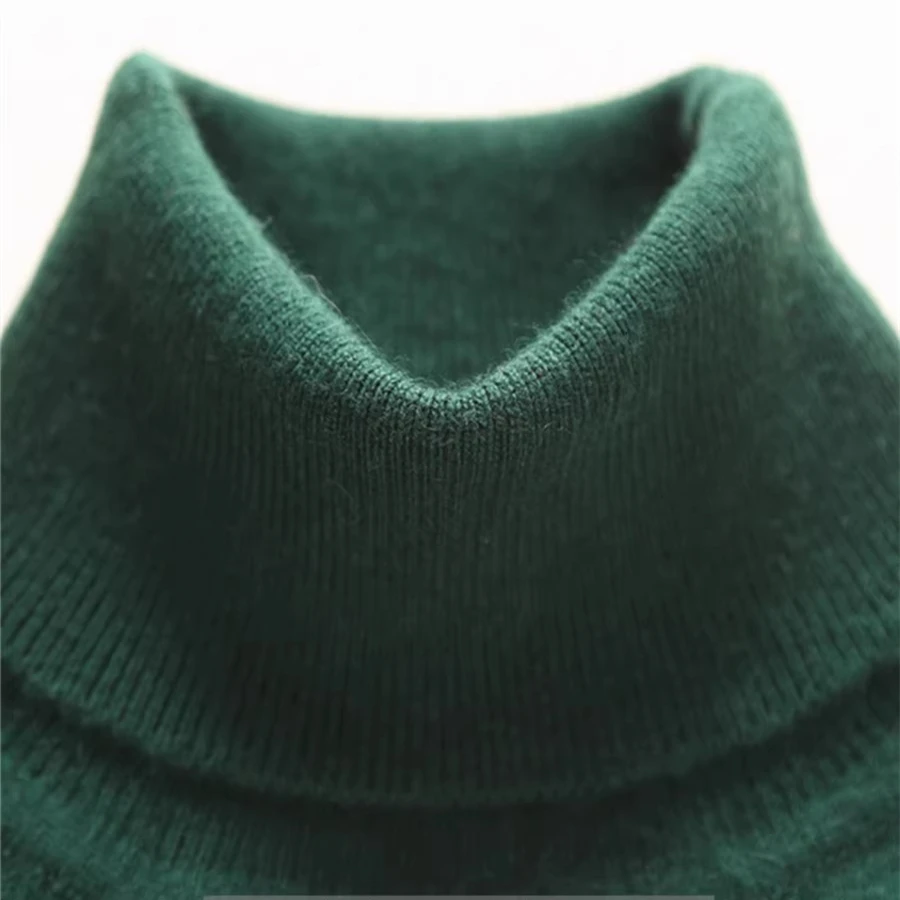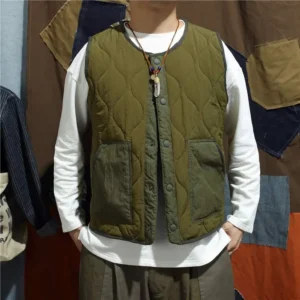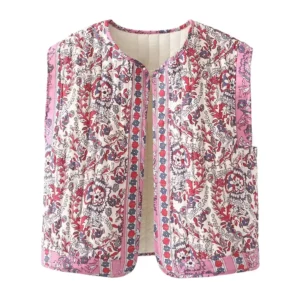Understanding Wool and Cashmere: The Perfect Partnership
When it comes to luxury fibers, wool and cashmere stand as two of nature’s most remarkable materials. Each brings its own set of exceptional qualities, but when combined in the right proportions, something truly special happens.
A 70% wool and 30% cashmere blend represents one of the most well-balanced combinations in textile manufacturing. This specific ratio isn’t arbitrary—it’s a carefully calculated formula that maximizes the strengths of both fibers while minimizing their individual weaknesses.
But what makes these materials so complementary? It comes down to their natural properties:
- Wool: A resilient, elastic fiber that provides structure, durability, and excellent temperature regulation
- Cashmere: An exceptionally soft, lightweight fiber with superior insulation and luxurious hand-feel
The science behind these materials involves their microscopic structure—wool fibers typically measure between 17-25 microns in diameter, while premium cashmere fibers are much finer at 14-19 microns. This difference in comprehensive cashmere yarn weight classifications explains much about how these fibers perform both individually and together.
Historically, wool-cashmere blends have been prized by textile connoisseurs for centuries, with the 70/30 ratio emerging as an industry standard that perfectly balances luxury with practicality.
Key Properties of Wool in the Blend (70%)
Wool serves as the foundation of this premium blend, making up the majority portion for good reason. As a natural fiber grown by sheep, wool brings several critical qualities that enhance the overall performance of the fabric:
- Structural integrity: Wool’s natural crimp and elasticity help garments maintain their shape, even with repeated wear
- Resilience: Can be stretched 25-30% beyond its original length and still return to form
- Durability: Significantly more resistant to abrasion than pure cashmere
- Natural water resistance: Can absorb up to 30% of its weight in moisture without feeling wet
- Temperature regulation: Insulates effectively in cold conditions while releasing excess heat in warmer environments
In premium blends, merino wool is often the preferred choice due to its finer fibers (typically 18-24 microns) compared to standard wool. This helps bridge the gap between wool’s durability and cashmere’s softness.
The understanding of cashmere ply thickness becomes particularly important when examining wool-cashmere blends, as the relationship between fiber diameter and yarn construction significantly impacts the final fabric’s performance and feel.
Perhaps wool’s most valuable contribution to this blend is its ability to extend the lifespan of the finished product. While pure cashmere is notoriously delicate, the wool component provides the structural support and wear resistance needed for practical everyday use.
Luxurious Benefits of Cashmere (30%)
While wool forms the practical foundation, the 30% cashmere content is what elevates this blend into the luxury category. Harvested from the soft undercoat of cashmere goats, this precious fiber brings several extraordinary qualities:
- Exceptional softness: With fibers as fine as 14-19 microns (compared to human hair at about 70 microns), cashmere provides a silky, gentle feel against skin
- Superior insulation: Despite its lightness, cashmere offers up to 8 times more warmth than regular sheep’s wool
- Luxurious drape: Creates elegant movement and flow in garments
- Natural luster: Adds a subtle, sophisticated sheen to the fabric’s appearance
The limited supply of genuine cashmere contributes to its precious nature—a single cashmere goat produces only 4-6 ounces of usable down fiber annually, which must be carefully collected during the spring molting season.
The 30% proportion represents a strategic decision in the blend. This percentage is sufficient to noticeably enhance the sensory experience without dramatically reducing durability or driving costs to prohibitive levels. Understanding what makes cashmere special helps explain why even this modest percentage creates such a significant impact on the final product.
In essence, the cashmere component transforms a good wool garment into something extraordinary—adding softness where wool might feel slightly coarse and creating a lightweight feel that belies the material’s impressive warmth.
The Perfect Balance: Why 70/30 Works So Well
The specific ratio of 70% wool and 30% cashmere has become an industry standard for good reason—it represents an optimal balance point between several competing factors:
Compared to other common blends, the 70/30 ratio offers distinct advantages:
- 90/10 blends: Only slightly softer than pure wool, minimal luxury enhancement
- 80/20 blends: Noticeable softness improvement but still wool-dominant in feel
- 50/50 blends: Significantly more expensive with only marginal performance benefits
- 30/70 blends: Much less durable, prone to pilling, and substantially more costly
At the microscopic level, the interaction between these fibers creates a unique structure. The wool provides a stable “framework” with its stronger, more resilient fibers, while the cashmere fills the spaces between with its finer, softer fibers. This creates a fabric that feels significantly softer than pure wool while maintaining much better durability than pure cashmere.
The difference between 2-ply and 4-ply cashmere construction becomes particularly relevant when examining blended fabrics, as the ply count affects how these fibers interact and perform together over time.
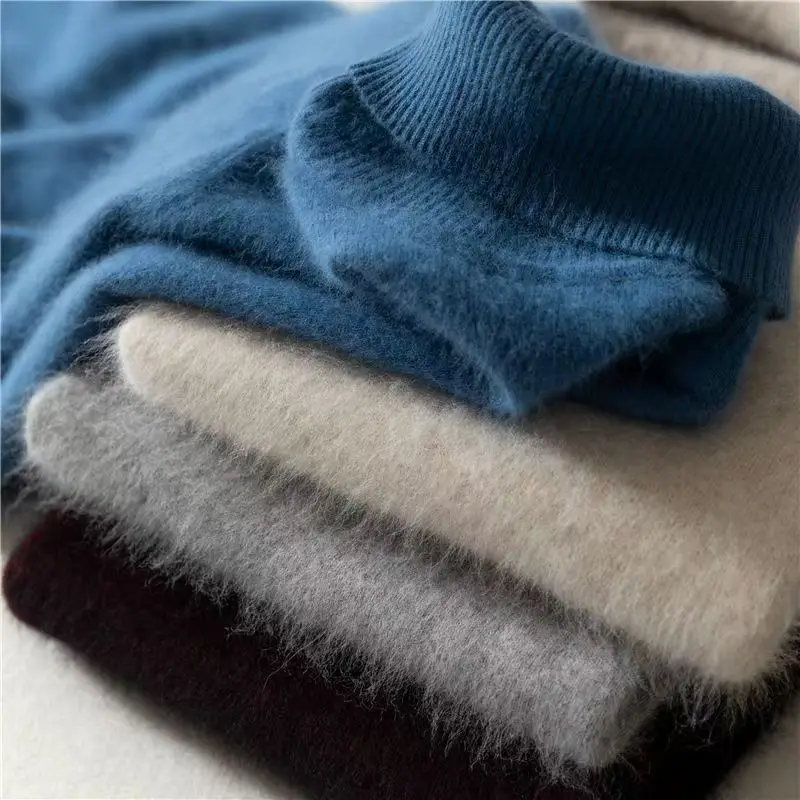
From a cost perspective, this ratio represents an excellent value proposition. Pure cashmere can cost 5-8 times more than premium wool, while this blend typically commands a price only 1.5-2 times higher than comparable all-wool products.
Performance Characteristics: Softness and Feel
The tactile experience of a 70/30 wool-cashmere blend represents one of its most compelling attributes. When you first touch this material, you’ll notice:
- A smooth, inviting surface that’s noticeably softer than pure wool
- Absence of the “prickle factor” that can make some wool items uncomfortable
- A subtle silkiness that enhances the overall sensory experience
- A pleasant warmth that seems to develop immediately upon contact
While not quite as cloud-like as pure cashmere, the blend offers a significantly elevated feel compared to even the finest wool garments. The authentic cashmere tactile guide provides detailed sensory markers for evaluating quality in these blends.
One notable advantage of this blend is how it maintains its pleasant feel over time. Pure cashmere often becomes softer with wear but can develop a somewhat “fuzzy” texture. The wool component in this blend helps the fabric maintain its original feel with less surface change, especially with proper care.
Many people who find pure wool irritating to their skin discover that this blend eliminates discomfort while still providing wool’s practical benefits—making it an excellent option for those with moderate wool sensitivity.
Performance Characteristics: Warmth and Insulation
When it comes to thermal regulation, few natural materials can match the exceptional performance of a 70/30 wool-cashmere blend:
- Provides excellent insulation while remaining breathable
- Creates a responsive microclimate that adapts to body temperature
- Efficiently traps warm air in its fiber structure
- Maintains warmth even when damp (unlike cotton or synthetics)
The blend’s warmth-to-weight ratio surpasses many synthetic alternatives, providing substantial insulation without the bulk associated with less efficient materials. This makes it particularly valuable for fitted garments where comfort and freedom of movement are essential.
Despite its impressive warmth, the blend remains comfortable across a range of temperatures due to its natural breathability. Understanding year-round cashmere comfort helps explain why these blends work well beyond just winter wear.
Many users find this blend ideal for transitional seasons (spring and fall) when temperature fluctuations require adaptable clothing. The material’s natural moisture-wicking properties also help maintain comfort in varying humidity conditions.
Performance Characteristics: Durability and Longevity
One of the most compelling advantages of the 70/30 wool-cashmere blend is its enhanced durability compared to pure cashmere:
- The wool component significantly improves resistance to abrasion
- Maintains structure and shape through repeated wearing and cleaning
- Exhibits better resilience against stretching and deformation
- Shows less pronounced pilling than pure cashmere
With proper care, quality garments made from this blend can easily last 10+ years of regular use. Areas that receive the most friction (underarms, cuffs, collars) benefit particularly from wool’s superior wear resistance.
While some pilling is inevitable with any natural fiber, the prevention and management of cashmere fuzz is more straightforward with this blend than with pure cashmere. The wool content helps minimize pill formation, and those that do develop tend to be firmer and easier to remove without damaging the fabric.
From an investment perspective, the enhanced longevity of this blend helps offset its higher initial cost compared to all-wool or synthetic alternatives. The material ages gracefully, often becoming more comfortable with wear while maintaining its essential performance characteristics.
Performance Characteristics: Appearance and Drape
The visual qualities and movement of a 70/30 wool-cashmere blend contribute significantly to its appeal:
- Subtle natural luster that enhances colors without appearing shiny
- Elegant drape that flows with body movement
- Fine, smooth surface texture with minimal visual texture
- Rich color absorption that maintains vibrancy over time
The blend strikes an excellent balance between structure and flow. It has enough body to maintain intentional design elements while still moving naturally with the wearer. This makes it particularly suitable for both tailored pieces and more relaxed styles.
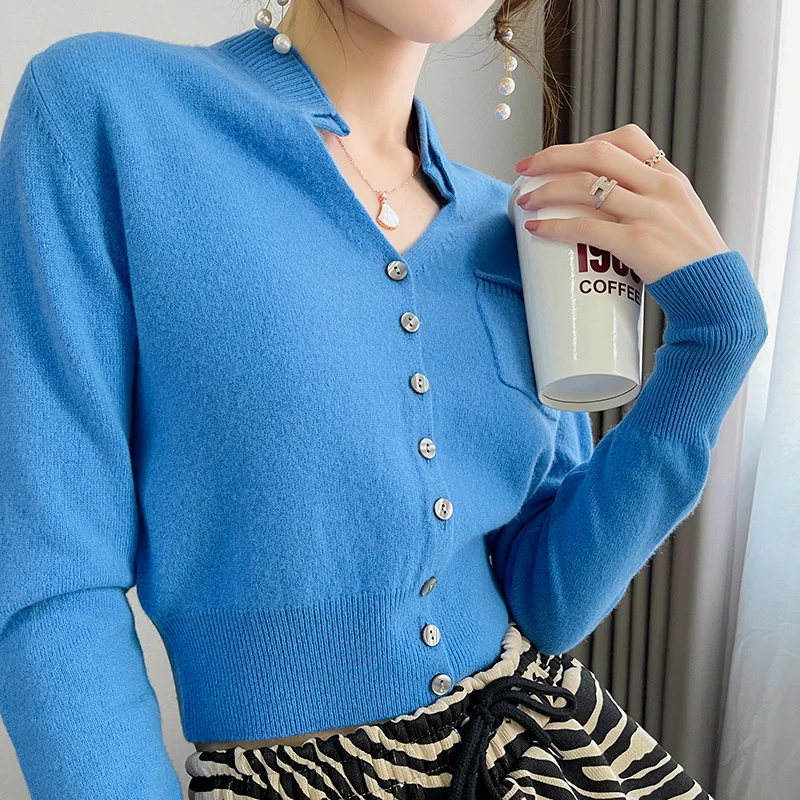
Another advantage is the blend’s ability to take and hold dye beautifully. The cashmere component enhances color richness, while the wool provides excellent colorfastness. This results in garments that maintain their visual appeal through multiple cleaning cycles.
As the material ages, it tends to develop a subtle patina rather than looking worn—another factor that contributes to its long-term value and appeal.
Practical Applications: Ideal Uses for 70/30 Wool-Cashmere
The versatile properties of this blend make it suitable for a wide range of applications, each taking advantage of different aspects of its performance profile:
Outerwear
* Coats and jackets benefit from the blend’s excellent insulation and durability
* The material’s natural water resistance provides moderate weather protection
* Weight-to-warmth ratio creates comfortable, non-bulky protection
Knitwear
* Sweaters and cashmere wool cardigans combine elegance with practical wearability
* The blend’s elasticity maintains shape in frequently worn items
* Provides warmth without overheating during indoor wear
Accessories
* Scarves and wraps benefit from the soft feel against sensitive neck skin
* Hats and gloves provide excellent insulation with minimal bulk
* The blend’s natural elasticity helps accessories maintain their shape
Home Textiles
* Throws and blankets offer luxurious comfort with better durability than pure cashmere
* The blend’s substantial feel provides satisfying weight for home goods
* Natural temperature regulation creates comfortable use across seasons
Cashmere Wrap Sweaters, Women's Cashmere Pullovers
$75.89 Select options This product has multiple variants. The options may be chosen on the product pageCashmere Cable Knit Sweaters, Women's Cashmere Pullovers
Price range: $111.82 through $112.93 Select options This product has multiple variants. The options may be chosen on the product page- Price range: $171.47 through $181.33 Select options This product has multiple variants. The options may be chosen on the product page
Cropped Cashmere Sweaters, Women's Cashmere Pullovers
$155.77 Select options This product has multiple variants. The options may be chosen on the product page- Price range: $87.29 through $91.47 Select options This product has multiple variants. The options may be chosen on the product page
Oversized Cashmere Sweaters, Plus Size Cashmere Sweaters, Women's V-Neck Cashmere Sweaters
$136.87 Select options This product has multiple variants. The options may be chosen on the product page
While this blend excels in many applications, it may not be ideal for extremely rugged outerwear or situations where frequent machine washing is required. For these uses, higher wool percentages or technical fabrics might be more appropriate.
Comparative Analysis: How 70/30 Stacks Against Alternatives
To truly appreciate the value proposition of a 70/30 wool-cashmere blend, it helps to compare it directly with alternative options:
| Material | Softness | Durability | Warmth | Relative Cost |
|---|---|---|---|---|
| 70/30 Blend | Very Good | Very Good | Excellent | Moderate-High |
| 100% Wool | Good | Excellent | Very Good | Moderate |
| 100% Cashmere | Excellent | Fair | Excellent | Very High |
| 50/50 Blend | Excellent | Good | Excellent | High |
| Wool-Synthetic | Fair-Good | Good-Excellent | Good | Low-Moderate |
Each material has its ideal use cases:
100% Wool excels in situations demanding maximum durability and frequent cleaning, such as outdoor performance wear or everyday office attire.
100% Cashmere remains unmatched for ultimate luxury and softness where durability concerns are secondary, such as special occasion items or accessories with minimal abrasion.
50/50 Blends offer enhanced softness for those willing to sacrifice some durability and pay a premium price—ideal for luxury items with moderate wear.
Wool-Synthetic Blends provide budget-friendly options with good performance, though they lack the natural feel and temperature regulation of natural fibers.
Understanding different cashmere yarn weights helps explain how material thickness affects performance across these different compositions.
The 70/30 blend uniquely occupies the “sweet spot” that balances luxury with practicality—making it an excellent choice for high-quality everyday items that still offer a touch of luxury.
Essential Care Guide for 70/30 Wool-Cashmere Garments
Proper maintenance significantly extends the life of wool-cashmere blend items. Follow these guidelines to protect your investment:
Cleaning
* Hand wash using lukewarm water (below 86°F/30°C) and mild wool-safe detergent
* Dry cleaning is safe but should be limited to minimize exposure to chemicals
* Wash only when necessary—often airing out is sufficient between wearings
* Never use bleach or regular laundry detergent
Drying
* Never machine dry or expose to direct heat
* Remove excess water by gently pressing between towels (never wring)
* Dry flat on a clean towel, reshaping while damp
* Allow complete drying before storing
Storage
* Store folded rather than hung to prevent stretching
* Use acid-free tissue paper between folds to prevent creasing
* Store clean garments in breathable cotton bags or containers
* Use cedar blocks or lavender sachets rather than mothballs
Pill Management
* Remove pills gently using a cashmere comb or fabric shaver
* Work in one direction only with light pressure
* Address pilling promptly before it becomes pronounced
Quality cashmere sweaters and other wool-cashmere blend items respond exceptionally well to proper care, often improving in softness over time while maintaining their essential structure.
Quality Assessment: What to Look for When Shopping
When investing in wool-cashmere blend items, use these criteria to evaluate quality:
Fiber Quality Indicators
* Even, consistent yarn appearance without slubs or irregularities
* Dense, tight knit or weave with no visible gaps or thin spots
* Clearly specified fiber content with transparency about cashmere grade
* Substantial feel with appropriate weight for the garment type
Construction Quality
* Neat, even seams with no puckering
* Consistent tension throughout knitted items
* Proper finishing at edges and closures
* Symmetrical design elements and proper alignment
Performance Checks
* Minimal initial shedding when gently rubbed with a white cloth
* Even color throughout with no visible fading or spotting
* Proper drape and movement appropriate to the garment design
* No immediate signs of pilling when gently rubbed
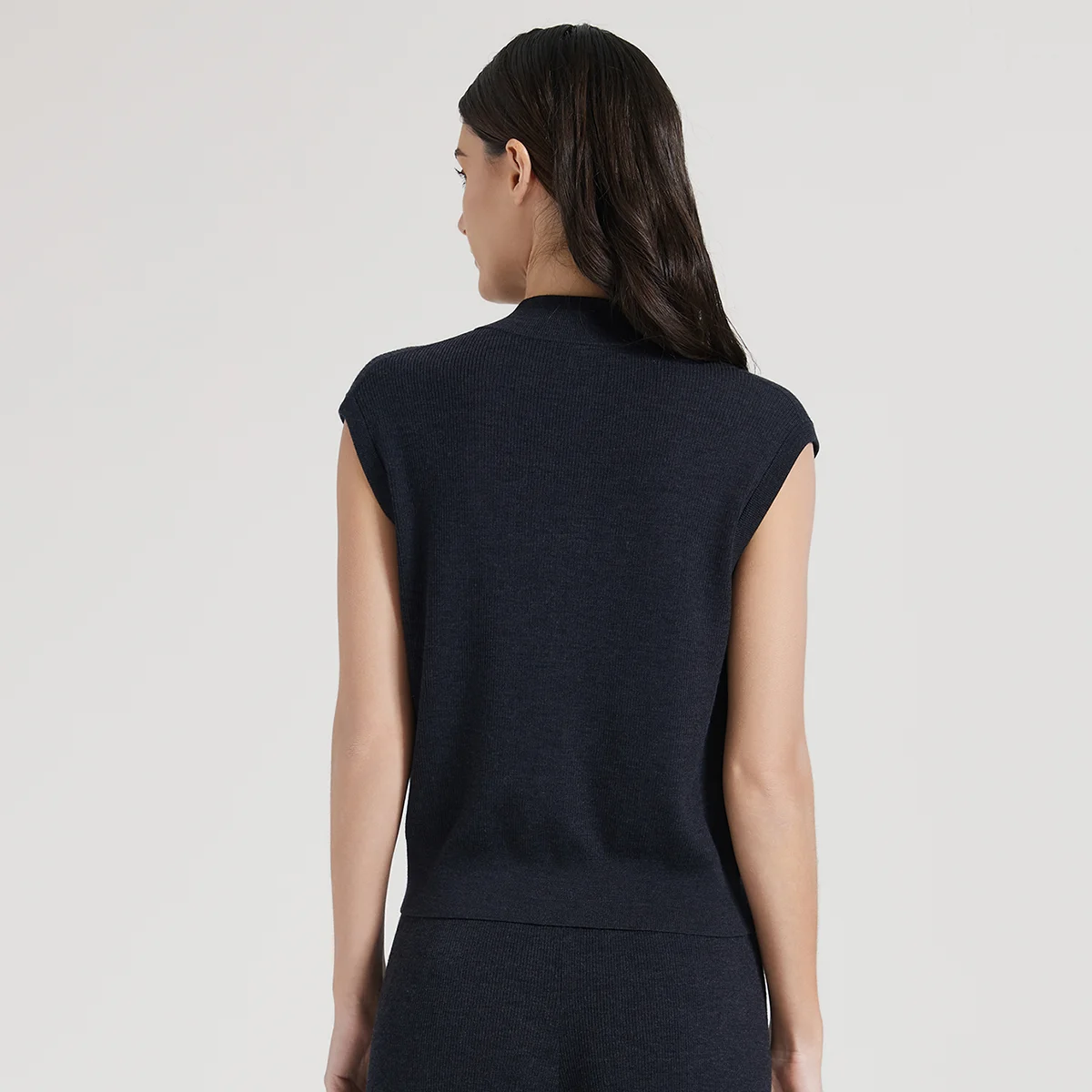
Be cautious of unusually low-priced “wool-cashmere” items, as these often contain minimal cashmere or use inferior grades. Quality items like Estate Cloth’s mens cashmere pullovers demonstrate the proper characteristics of premium blended materials.
When shopping online, look for detailed fiber content information and manufacturing transparency. Reputable sellers will provide specific details about their materials and construction methods.
Value Proposition: Is 70/30 Wool-Cashmere Worth the Investment?
The question of value ultimately depends on your priorities and how you’ll use the garment. Consider these factors when evaluating the investment:
Long-Term Value Considerations
* Cost-per-wear is often lower than cheaper alternatives due to extended lifespan
* Maintains appearance longer than lower-quality materials
* Requires less frequent replacement than lower-quality alternatives
* Retains comfort and performance characteristics over time
Practical Benefits
* All-day comfort reduces the need for multiple garment changes
* Versatility allows use across different settings and occasions
* Natural temperature regulation reduces need for layering adjustments
* Minimal care requirements save time and cleaning costs
Sustainability Aspects
* Natural, biodegradable fibers versus petroleum-based synthetics
* Longer lifespan reduces overall consumption and waste
* Lower environmental impact from fewer replacement purchases
* Natural fibers require less energy to produce than many synthetics
For those who value quality over quantity and appreciate long-lasting garments, the premium for a well-made 70/30 blend item like a cashmere turtleneck is easily justified through years of comfortable, elegant wear.
Common Questions About 70/30 Wool-Cashmere Blends
Does this blend pill easily?
While some pilling is natural with any fine fiber, the 70/30 blend pills significantly less than pure cashmere. Regular maintenance with a fabric comb keeps pilling manageable, and the pills that do form are usually easier to remove than with pure cashmere.
Can I machine wash this blend?
Hand washing is strongly recommended. While some modern blends claim to be machine washable, even on gentle cycles there’s increased risk of shrinkage, felting, and accelerated wear. The investment in these garments justifies the few minutes of hand washing care.
Will it shrink if I wash incorrectly?
Yes. Both wool and cashmere fibers can shrink and felt when exposed to heat, agitation, or rapid temperature changes. Always follow proper cleaning instructions to maintain the garment’s size and shape.
How do I know if I’m getting genuine cashmere in the blend?
Reputable retailers like those offering quality cashmere vests will provide fiber content verification. The price is also indicative—if a “wool-cashmere” blend is priced similar to pure wool, it likely contains minimal or low-grade cashmere.
Is this blend sustainable?
When sourced responsibly, both wool and cashmere can be sustainable choices, especially considering their longevity and biodegradable nature. The blend’s durability creates less waste through reduced replacement frequency.
How Does Climate Affect Wool-Cashmere Performance?
The performance of wool-cashmere blends varies notably across different environments:
Cold, Dry Climates
This blend excels in cold, low-humidity environments. The fibers trap body heat efficiently while still allowing excess moisture to escape, preventing the clamminess often experienced with synthetic insulation.
Cold, Humid Climates
The natural moisture-wicking properties help manage condensation and prevent that “damp cold” feeling. The wool component maintains insulation effectiveness even when humidity is high.
Moderate Climates
The blend’s adaptability makes it suitable for fluctuating temperatures. Lightweight knits in this blend work well in mild conditions while still providing warmth when needed.
Transitional Seasons
Perhaps the ideal use case—this blend adapts exceptionally well to the variable conditions of spring and fall, reducing the need for frequent wardrobe changes throughout the day.
Understanding the relationship between choosing the right cashmere ply and climate needs helps optimize comfort across different environments. Lighter plies offer greater versatility in variable or milder climates, while heavier constructions excel in consistently cold conditions.
For travelers crossing climate zones, this blend offers excellent adaptability, reducing the need to pack multiple specialized garments.

